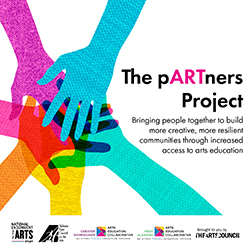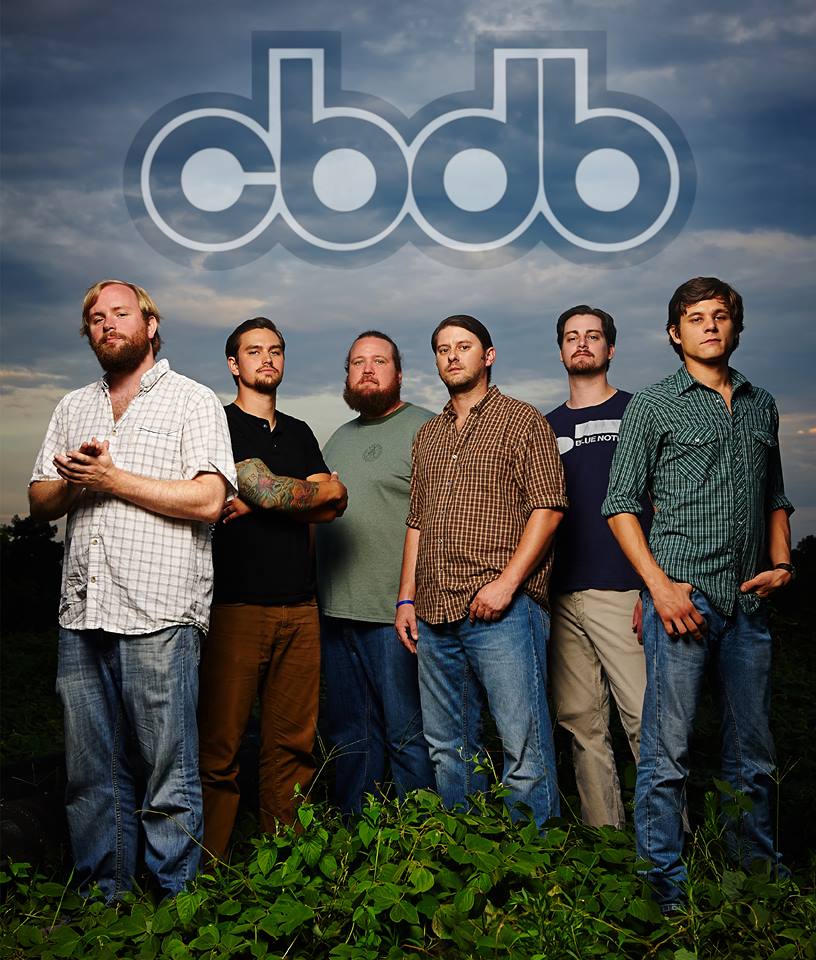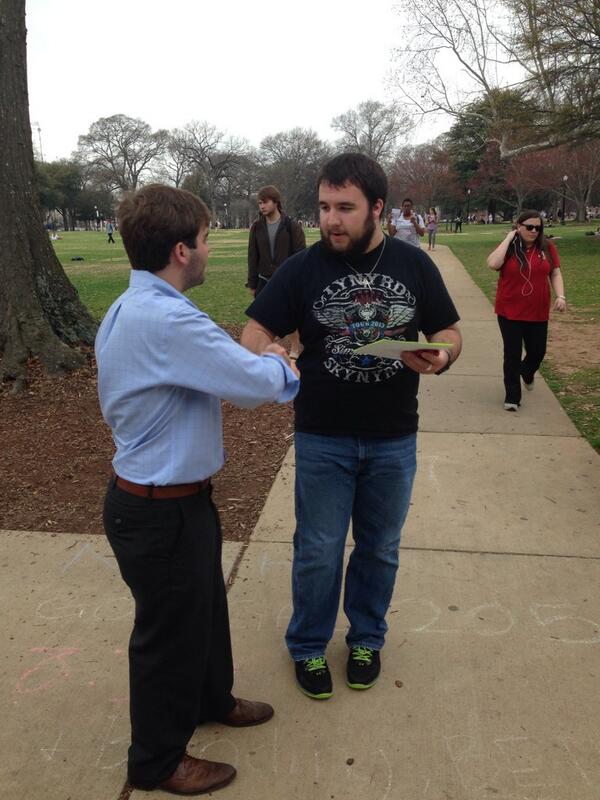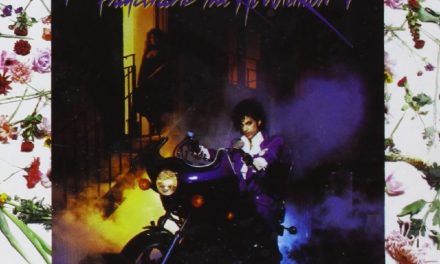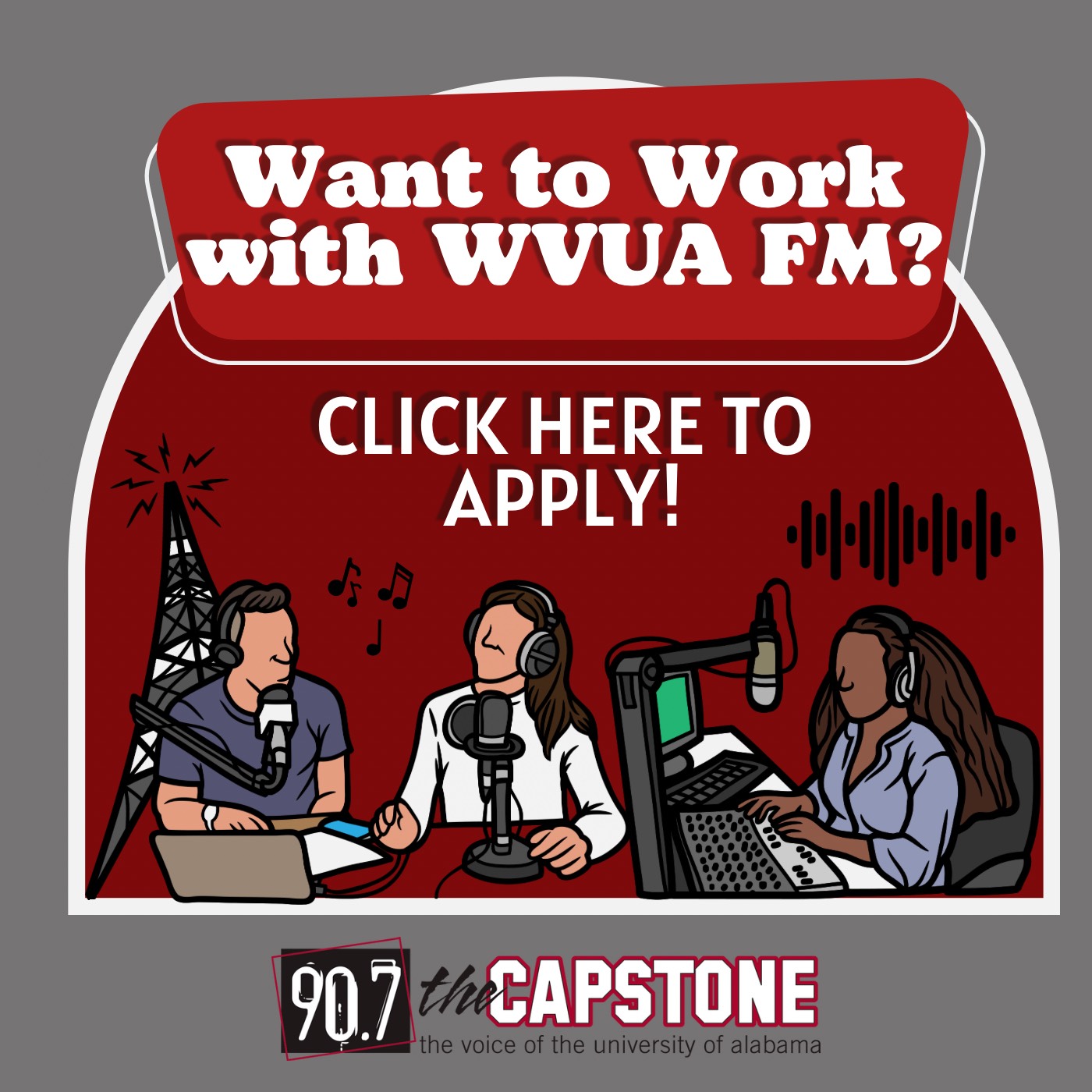The Tuscaloosa Arts and Humanities Council received a $100,000 grant from the National Endowment for the Arts to research the holes in arts education across west Alabama and the greater Birmingham area.
Over the next two years, the Arts Council will be conducting research through the “pARTners Project” on how they can increase access to arts education for pre-K and K-12 students in rural areas.
The inspiration for applying to the grant sprouted from the suspicion that the areas with limited access might still be facing the lasting effects of segregation and white flight – the phenomenon of white people moving out of urban areas, specifically those with a high minority population. The Tuscaloosa Arts Council stated that as of now, less than 40% of school systems offer arts education programming, with rural communities impacted the most.
“This is a planning project,” West Alabama Arts Education Collaborative Director Shannon McCue said. “We are getting together to figure out the gaps.”
The grant was awarded to the Tuscaloosa and partnering Birmingham program. McCue and the education collaborative director for the Greater of Birmingham program, Deanna Sirkot, decided that the programs should join forces to conduct this research due to how close the two programs are and the overlap in issues they are seeing.
The Collective Impact Grant was awarded in early February of this year. The council is currently in phase one of three – the planning phase, which consists of putting the team together. Phase two will be conducting the research, and phase three will be acting on that research. That could mean that in school programs are created, professional development is provided or it could be as simple as exposing schools to resources they have never seen before.
“We will be working with Stillman College and the University of Alabama, the Equal Justice Initiative and Tuscaloosa Civil Rights,” McCue said. “Not to mention other artists and educators, teaching artists, principles and school administrators. There’s a lot of people that could be involved and some already are.”
With collaboration from both UA, Stillman College and the other organizations, the Arts Council hopes to create plans for arts integration programs for schools that include curriculum and professional development for teachers to ensure that access to arts education is widespread and equitable.
The “pARTner Project” was one of 1,073 projects that received funding in the first round of the fiscal year from the National Endowment for the Arts – (NEA) an independent federal agency whose funding and support give Americans the opportunity to participate in the arts, exercise their imagination and develop their creative capacities.
The Arts Education Collective Impact Grant that was awarded is a newer grant from the NEA. It does not require a particular outcome. It is designed specifically for the planning and building of the infrastructure for a collective impact initiative that allows flexibility for communities to tailor their projects to meet the collective goal of the state.
“It’s really wonderful because their philosophy is that it is not a one-time thing,” said Diana Green, manager of the Arts in Education Program for the state’s Arts Council. “You can’t expect a system-changing initiative to be complete after two years.”
The multi-phase “pARTner Project” received the highest amount one can receive from the NEA and the process did not come quick or easy.
McCue explained that the entire process, from the application to actually receiving the grant, takes over a year. The application was due February 2020 and the grant was awarded in February of 2021.
“These grants are really, really, really not easy to come by,” Executive Director Sandra Wolfe said. “It is a rigorous process.”
Six months before approaching the application, she and her team of colleagues were planning and figuring out what they would like to research, gathering letters of support and putting together a budget because “grant writing is not general, it is specific.”
Organizations are also vetted by the government before being approved to follow through with the application. Once approved, they prepare as much as possible because the application questions are not posted until the application portal opnesn the week before it’s due.
“We had an idea of what to expect because of previous grants,” McCue said. “It’s just fitting and formatting our information to the grant.”
After waiting and receiving the news of being awarded the grant, they were ready to get started!
“The biggest realization is you are doing all this work on the back end and then all of sudden it’s like ‘okay we have it,’” McCue said. “Now we aren’t going to sit here, we are actually doing what we are saying we are going to do.”
Picture Credit comes from: https://www.tuscarts.org/artseducation.php
Jacyn Abbott

